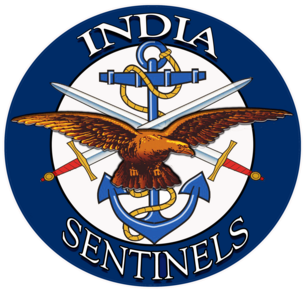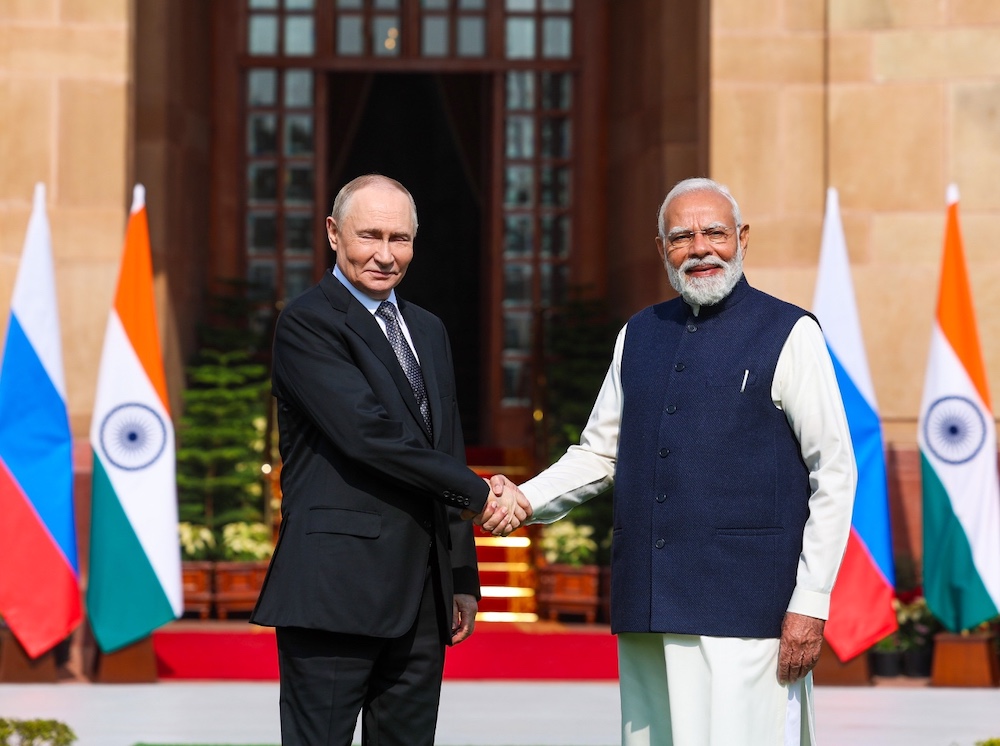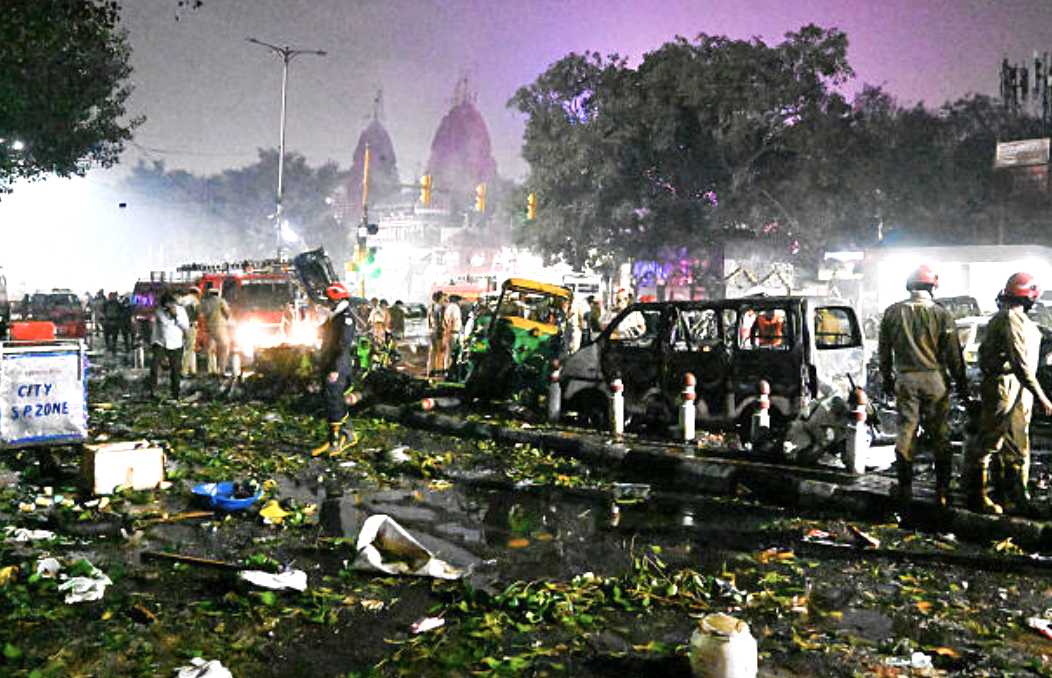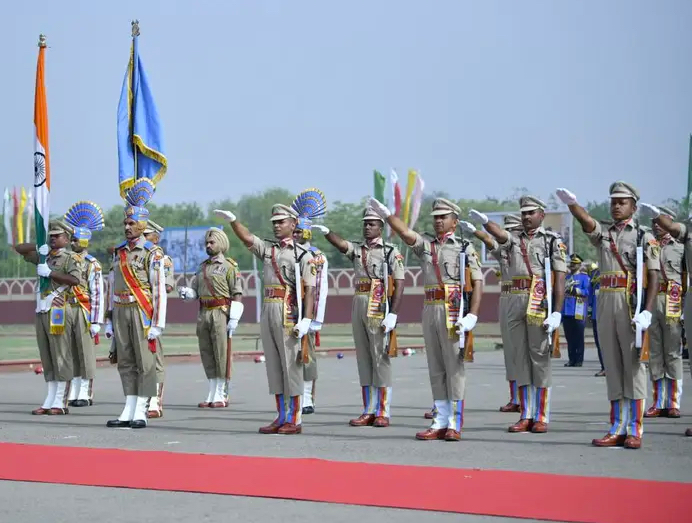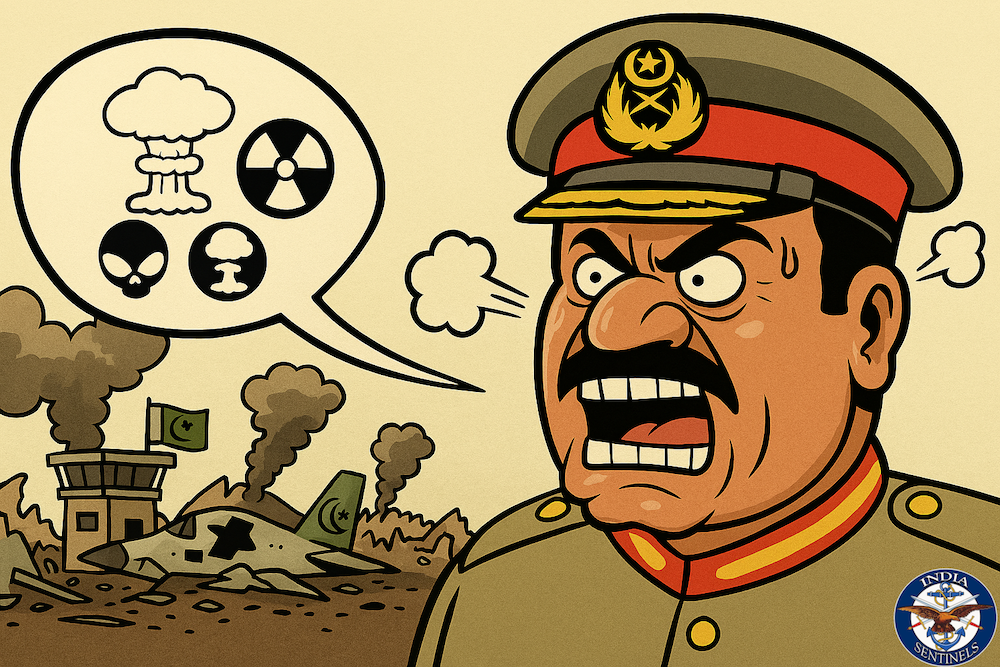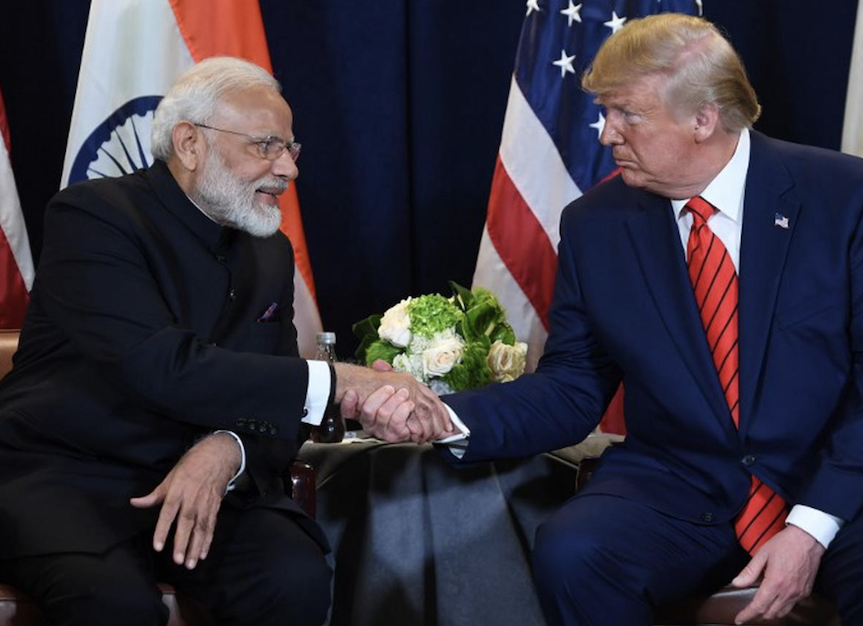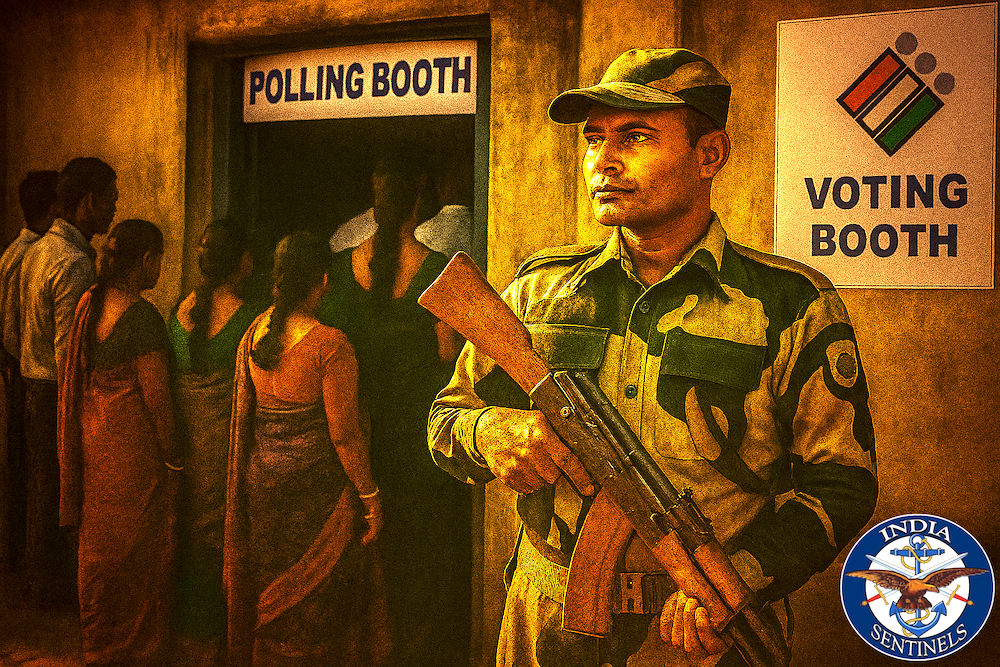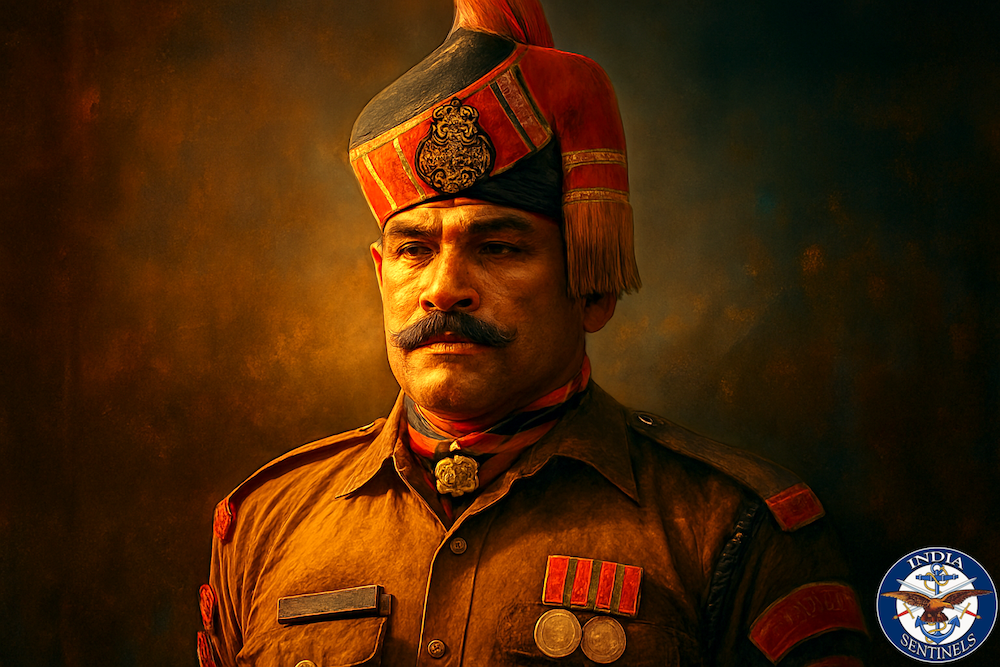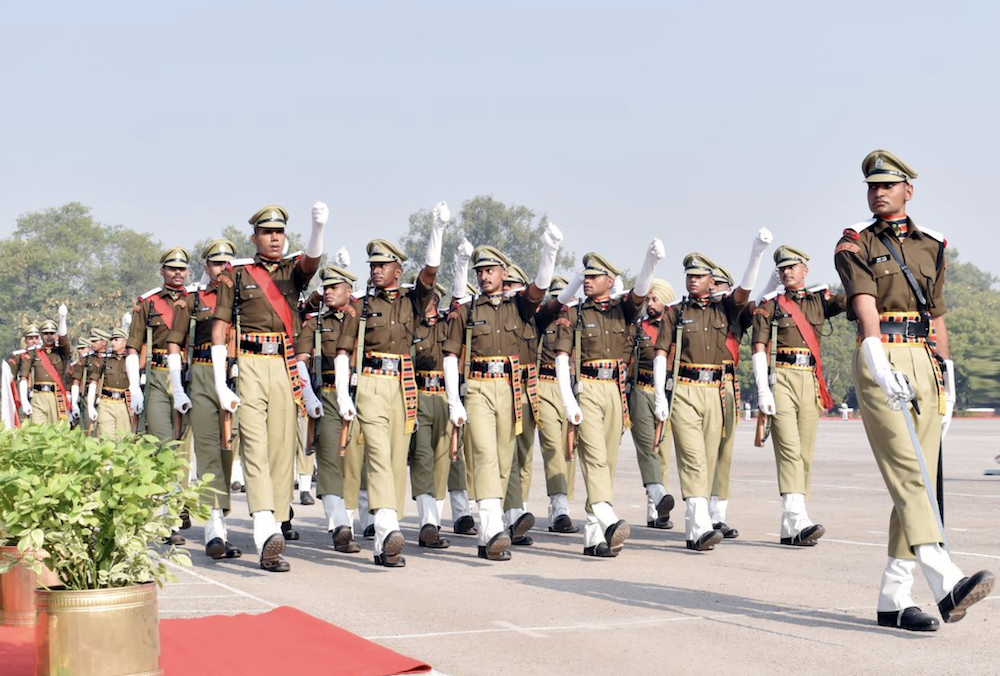 Fresh BSF officers at their passing-out parade at the BSF Academy, Tekanpur (Gwalior), in December 2024. (Photo: BSF)
Fresh BSF officers at their passing-out parade at the BSF Academy, Tekanpur (Gwalior), in December 2024. (Photo: BSF)
In my previous analysis of India’s central armed police forces (CAPFs), particularly the Central Reserve Police Force (CRPF), Border Security Force (BSF), Central Industrial Security Force (CISF), Indo-Tibetan Border Police (ITBP), and the Sashastra Seema Bal (SSB), I highlighted the fragmented and problematic cadre structure that has long plagued these vital security organizations. The system’s reliance on deputation from other services, particularly the Indian Police Service (IPS), has created a two-tier hierarchy that undermines operational effectiveness and career progression for indigenous CAPF officers.
Now, a Supreme Court judgment on May 23 has provided the legal foundation to rectify these structural flaws. The bench comprising Justice Abhay S Oka and Justice Ujjal Bhuyan delivered a cogent and convincing ruling that recognizes the CAPFs as “organized ‘Group A’ services” (OGAS) and mandates the implementation of non-functional financial upgradation (NFFU). Justice Bhuyan’s judgment comprehensively addresses the personal and professional concerns of CAPF cadre officers.
As I exhorted in my last article here, the Ministry of Home Affairs must now respect this judgment and implement it in both letter and spirit.
Read also: CAPF Leadership Crisis – Supreme Court speaks, government must act
Apex Court’s Decisive Intervention
The CAPF cadre approached the Supreme Court seeking directions on two critical issues. First, they demanded that the Union of India fill all additional posts created in the 2016 cadre review according to existing recruitment rules, which stipulate specific percentages of posts at each level up to senior administrative grade should be filled through deputation.
Second, they sought amendment of recruitment rules for each service according to Department of Personnel and Training (DoPT) guidelines, ensuring all posts up to senior administrative grade are filled through promotion only, not deputation. This would pave the way for conducting cadre reviews of Group A officers by treating each service as an OGAS.
The court’s intervention becomes more significant when viewed against historical context. The government admitted as far back as October 21, 1986, that the BSF and CRPF are OGAS, using them as examples of organized services. Through subsequent classifications in 1986, 1993 and 2010 monographs, the government placed the BSF, CRPF, and the ITBP on par with each other.
Read also: Border security or border combat? India’s western challenge
Government’s Contradictory Stance
The court strongly rebutted the government’s argument that the Sixth Pay Commission did not grant NFFU to CAPFs, emphasizing that pay commissions lack the authority to define organized services or grant such status. Records clearly show that from 1986 onwards, various monographs included CAPFs in the list of Group A central civil services.
However, the government performed a U-turn, claiming CAPFs were not OGAS. Based on this contradictory stance, the department informed the Sixth Central Pay Commission accordingly, leading to the commission’s decision not to recommend NFFU for CAPFs. The Supreme Court categorically stated that merely because the Sixth Central Pay Commission did not recommend NFFU for CAPF Group A officers in pay bands III and IV, they cannot be denied benefits otherwise granted to all Group A central civil service officers.
Question of National Honour
The court’s judgment demands implementation for humanistic, patriotic and nationalistic reasons. More than 18,000 CAPF officials have fought this legal battle since 2009, seeking justice while performing their duties under the most demanding and hostile conditions imaginable.
These warriors deserve recognition. A large number of CAPF officers have laid down their lives defending India’s unity and territorial integrity. Any government with genuine nationalistic credentials must view this judgment through the lens of patriotism and implement it comprehensively.
CAPF cadre officers deserve all consequential benefits, including NFFU from January 1, 2006. The Supreme Court has rightly directed the government to implement the judgment within the stipulated period.
Read also: BSF is an armed force, not police, nation must know
Debunking ‘Federal Structure’ Argument
Critics often argue that since CAPFs are deployed across different states, IPS officers are essential for effective operations, facilitating cooperation and preserving the federal structure while coordinating between central and state governments. This argument is both illogical and hollow.
Indigenous cadre officers hold all posts at commandant level, 80% of deputy inspector general positions, and 50% of inspector general posts. These officers, operationally deployed in the field, continuously liaise with state governments and local authorities, coordinating effectively within India’s federal structure and constitutional framework.
Cadre officers in these positions demonstrate superior professionalism and maturity, possessing intimate knowledge of organizational structures and professional ethos developed through years of service. They far exceed deputationists who cannot become CAPF experts after brief familiarization tours lasting a week or two.
The federal structure argument is nothing more than a desperate attempt at turf protection.
Read also: BSF must brainstorm to meet dynamic battle challenges
The Training Imperative
Training represents the most critical aspect distinguishing indigenous CAPF officers from deputationists. Cadre officers are specifically trained and tailored to lead personnel in conflict-prone, hostile border-guarding and combat environments. They grow alongside their subordinates, understanding their problems and aspirations while maintaining continuous connection with ground realities.
Deputationists, conversely, cannot comprehend the emotions and aspirations of CAPF personnel because they have never served with them through challenging circumstances. India’s million-plus trained and organized paramilitary workforce cannot be led by individuals untrained for such specialized roles and whose leadership abilities remain untested in hostile border-guarding and conventional combat environments.
These leaders often struggle to differentiate between terrain characteristics, understand basic weapon systems, or appreciate technological innovations within CAPFs – knowledge essential for maintaining professionalism, regimentation, esprit de corps and camaraderie between commanders and personnel.
Time to End Temporary Provisions
Certain temporary provisions were necessary when CAPFs were in their infancy. The BSF initially had large numbers of Army and IPS officers during its formation. Army officers gradually reverted to their parent services, but IPS officers remained entrenched.
As CAPF cadres matured, these temporary arrangements should have automatically ended, providing space for indigenous leadership. This natural progression never occurred, hence the prolonged litigation for justice.
Like the now-abrogated Article 370, these ad hoc temporary provisions must be eliminated. Command must rest with those who chose CAPF service from basic levels, underwent specialized training for specific tasks, and proved themselves through various command levels.
Read also: How BSF’s ‘offensive defence’ thwarted Pakistan’s designs
Supreme Court’s Clear Message
The Supreme Court’s observations clearly state that CAPF officers’ grievances cannot be ignored. Their dedicated service upholding national security, integrity and sovereignty while safeguarding borders and maintaining internal security deserves recognition and cannot be overlooked.
These officers discharge duties under extremely demanding conditions and legitimately grieve that lateral entry into higher grades prevents timely promotions, creating significant stagnation. Such stagnation adversely impacts force morale – a factor requiring serious consideration when reviewing policy decisions.
The court’s decision recognizes the genuine nature of CAPF cadre officers’ grievances while implicitly indicating to the government that these warriors’ professionalism and selfless service ensure effective border and internal security.
Read also: IPS officers vs CAPF officers – Unseemly tug of war
The Path Forward
The government must recognize this reality and understand that strengthening border and internal security requires quick, decisive action in the national interest. The hard decision now required is implementing the Supreme Court’s May 23 judgment in the interest of national security.
This ruling represents more than administrative reform – it embodies recognition of sacrifice, dedication and professional excellence demonstrated by CAPF personnel daily. Their quest for justice has endured over a decade and a half, during which they never wavered in their commitment to national security.
The time for half-measures and bureaucratic delays has ended. The Supreme Court has spoken decisively, and the government must act with equal determination. India’s security architecture demands indigenous leadership that understands ground realities, shares common experiences with personnel, and possesses the specialized knowledge necessary for effective command.
Implementation of this judgment will strengthen not only the career prospects of deserving officers but also India’s overall security framework. The nation’s guardians deserve nothing less than complete justice – and the Supreme Court has shown the way forward.
Disclaimer: The views expressed in the article are the author’s own and don’t necessarily reflect the views of India Sentinels.
Follow us on social media for quick updates, new photos, videos, and more.
X: https://twitter.com/indiasentinels
Facebook: https://facebook.com/indiasentinels
Instagram: https://instagram.com/indiasentinels
YouTube: https://youtube.com/indiasentinels
© India Sentinels 2025-26
